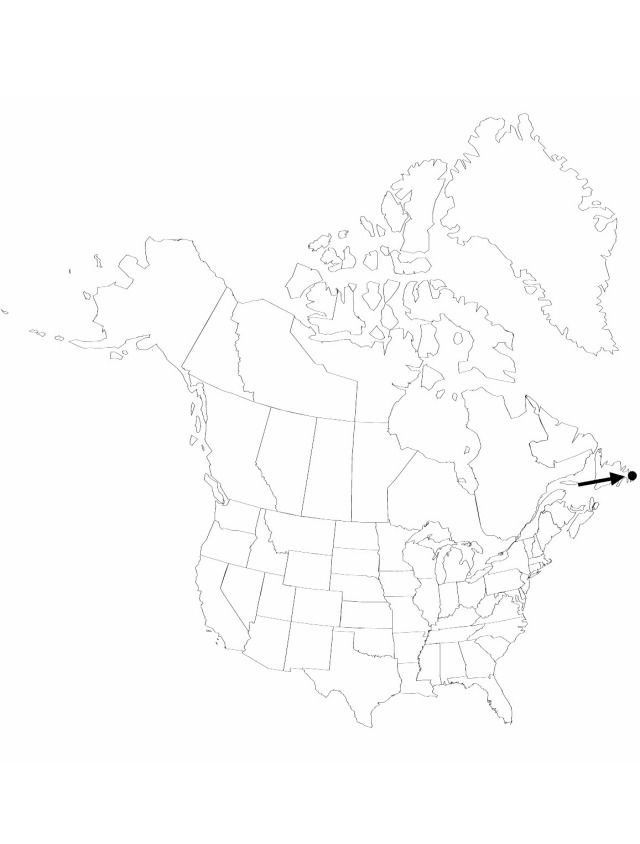Difference between revisions of "Luzula campestris"
in J. Lamarck and A. P. de Candolle, Fl. France, ed. 3 3: 161. 1805.
FNA>Volume Importer |
imported>Volume Importer |
||
| (5 intermediate revisions by 2 users not shown) | |||
| Line 1: | Line 1: | ||
{{Treatment/ID | {{Treatment/ID | ||
|accepted_name=Luzula campestris | |accepted_name=Luzula campestris | ||
| − | |accepted_authority=(Linnaeus) | + | |accepted_authority=(Linnaeus) de Candolle |
|publications={{Treatment/Publication | |publications={{Treatment/Publication | ||
| − | |title=in J. Lamarck and A. P. de Candolle,Fl. France, ed. 3 | + | |title=in J. Lamarck and A. P. de Candolle, Fl. France, ed. 3 |
|place=3: 161. 1805 | |place=3: 161. 1805 | ||
|year=1805 | |year=1805 | ||
}} | }} | ||
| − | |basionyms={{Treatment/ID/ | + | |special_status={{Treatment/ID/Special_status |
| + | |code=W | ||
| + | |label=Weedy | ||
| + | }}{{Treatment/ID/Special_status | ||
| + | |code=I | ||
| + | |label=Introduced | ||
| + | }} | ||
| + | |basionyms={{Treatment/ID/Basionym | ||
|name=Juncus campestris | |name=Juncus campestris | ||
|authority=Linnaeus | |authority=Linnaeus | ||
| + | |rank=species | ||
| + | |publication_title=Sp. Pl. I | ||
| + | |publication_place=1: 329. 1753 | ||
}} | }} | ||
|synonyms= | |synonyms= | ||
| Line 26: | Line 36: | ||
|elevation=500–900 melevation?? | |elevation=500–900 melevation?? | ||
|distribution=Nfld. and Labr. (Nfld.). | |distribution=Nfld. and Labr. (Nfld.). | ||
| + | |introduced=true | ||
|discussion=<p><i>Luzula campestris</i> may occur rarely elsewhere in Canada and the United States in lawns and cleared places (collected in Massachusetts in the 1920s). A common European species, the name is used in our floras for almost every species of the "multiflora–campestris" complex.</p> | |discussion=<p><i>Luzula campestris</i> may occur rarely elsewhere in Canada and the United States in lawns and cleared places (collected in Massachusetts in the 1920s). A common European species, the name is used in our floras for almost every species of the "multiflora–campestris" complex.</p> | ||
|tables= | |tables= | ||
| Line 35: | Line 46: | ||
-->{{#Taxon: | -->{{#Taxon: | ||
name=Luzula campestris | name=Luzula campestris | ||
| − | + | |authority=(Linnaeus) de Candolle | |
| − | |authority=(Linnaeus) | ||
|rank=species | |rank=species | ||
|parent rank=subgenus | |parent rank=subgenus | ||
| Line 48: | Line 58: | ||
|introduced=true | |introduced=true | ||
|reference=None | |reference=None | ||
| − | |publication title=in J. Lamarck and A. P. de Candolle,Fl. France, ed. 3 | + | |publication title=in J. Lamarck and A. P. de Candolle, Fl. France, ed. 3 |
|publication year=1805 | |publication year=1805 | ||
| − | |special status= | + | |special status=Weedy;Introduced |
| − | |source xml=https:// | + | |source xml=https://bitbucket.org/aafc-mbb/fna-data-curation/src/2e0870ddd59836b60bcf96646a41e87ea5a5943a/coarse_grained_fna_xml/V22/V22_111.xml |
|genus=Luzula | |genus=Luzula | ||
|subgenus=Luzula subg. Luzula | |subgenus=Luzula subg. Luzula | ||
Latest revision as of 20:29, 5 November 2020
Rhizomes conspicuous. Stolons short, slender. Culms not cespitose, decumbent, 10–20 cm. Leaves: basal leaves few, 2.5–15 cm × 4 mm, apex callous, pilose. Inflorescences racemose; glomerules 2–6, central glomerules sessile or all congested, not cylindric; peduncles straight, divergent as much as 90°, to 3 cm; proximal inflorescence bract dark, often purplish, leaflike. Flowers: tepals dark reddish, shining, with wide clear margins and apex, (apex acuminate, midrib extending as awned tip), 3–3.5 mm; outer and inner whorls equal; anthers ca. 2–6 times filament length; stigmas ± equal to style. Capsules brown, shining, (usually lighter than tepals), conspicuously shorter than to nearly equal to tepals; (beak obvious). Seeds reddish, globose, 1–1.3 mm; caruncle to 1/2 seed length. 2n = 12.
Phenology: Flowering and fruiting summer.
Habitat: Sunny clearingsHabitat??
Elevation: 500–900 melevation??
Distribution

Introduced; Nfld. and Labr. (Nfld.).
Discussion
Luzula campestris may occur rarely elsewhere in Canada and the United States in lawns and cleared places (collected in Massachusetts in the 1920s). A common European species, the name is used in our floras for almost every species of the "multiflora–campestris" complex.
Selected References
None.